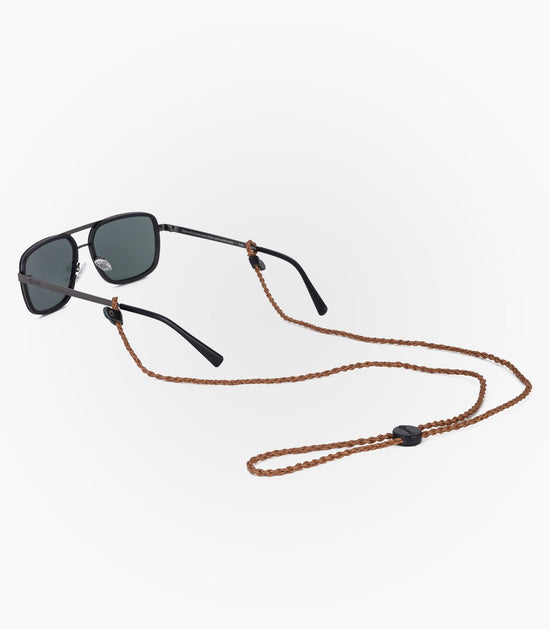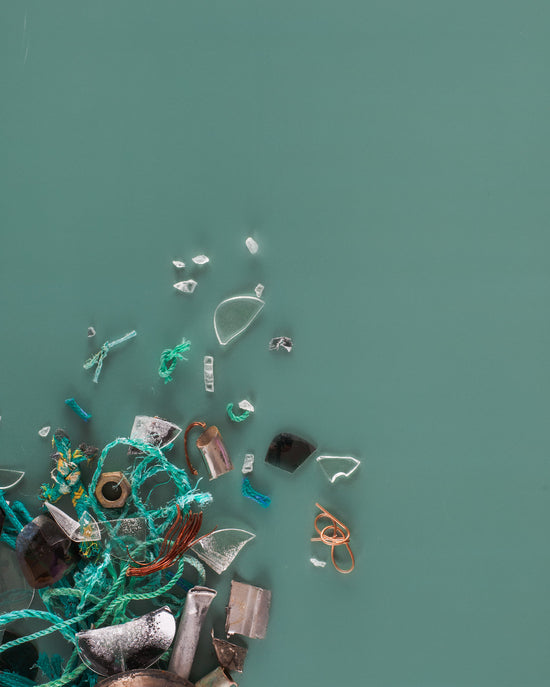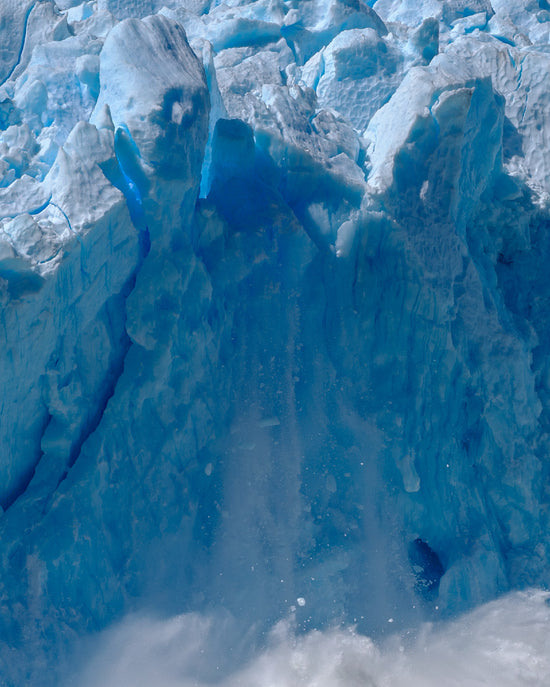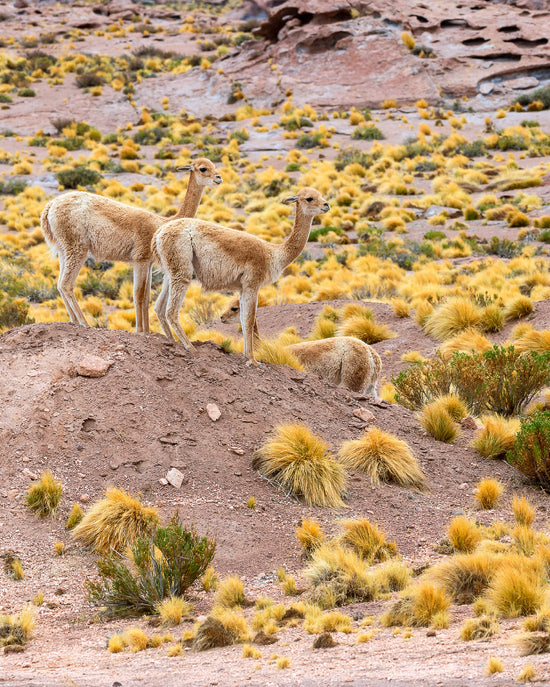Have you ever asked yourself what do Cape Horn and Greenland have in common? Only 13.000 km apart from each other, with some of the world’s most pristine locations, but regretfully united by the consequences the fishing industry has left on their territories.
That’s what the documentary “Mother of The Sea” by our very own Karün Friend, Alfredo Pourailly, is about. A production that led him to visit and get to know in depth Greenland and Cape Horn’s nature and culture. Both far away, inhospitable territories sharing the same issue. Read below the experiences and knowledge our Karün Friend gained during the production of this great documentary.
 By: Alfredo Pourailly
By: Alfredo Pourailly"Cape Horn, Greenland and the Arctic have always been places that have captivated my attention. "There are magical places on the maps I would like to know", I remember a French sailor told me once, as we navigated across the unknown Evangelistas Lighthouse, a small construction on a boulder of rocks in the occidental mouth of the Strait of Magellan. Aboard the sailboat “Podorange”, this French sailor that had travelled around the world, still dreamed of knowing these magical places we long to see, that awaken a passion and drive that make us want to pursue them. His list included Alaska, the Bering Strait, Zanzibar, Tierra del Fuego, Greenland, and some others.
This impulse of knowing, of being, of feeling these far away places has led me to travel for the last 10 years, around the austral Patagonia. At the end of the map, where the world apparently begins or ends, a never ending number of islands with the strangest shapes hide infinite landscapes you couldn’t get to know in a lifetime. And in that giant, magnetic territory, Navarino Island or Wulla in Yagan Language, has become my magical place by definition. On the South coast of the Beagle Channel (Onashaga) lies the quiet town of Puerto Williams (Upushwea). At the foot of the Teeth of Navarino and looking at the beautiful peaks of the Cordillera Darwin, for thousands of years, live the Yaganes. With their nomad and marine culture, they toured the coasts of these latitudes living in a sustainable way with their environment. Nevertheless, the arrival of the occidental culture, that brought with them globalization, transformed the traditional way of living of the Yaganes. Against all odds, the Yaganes have seen their freedom to navigate the austral channels being denied by the Chilean State, but in spite of that, they have never been away from the sea, fundamental element of their culture. Today, the Yagan people are still alive, mainly in Puerto Williams, living with the challenges of globalization and facing development based on industrial economic growth.

When all this environmental crisis was happening on the Beagle Channel, I wanted to collaborate with the movement, so along with the Yagan community and residents of Puerto Williams, we made a video that showed and made visible how important it is to protect the southern sea of Patagonia. Thanks to David Alday Chiguay, president of the Yagan community back then, and to Constanza Portus, resident of Puerto Williams, we were able to produce a short video showing the natural beauties of the zone and the tales of some members of the community. This (without us knowing) was the beginning of a project that would wind up connecting my two magical places, more than 13.000 kilometers apart from each other.
As we were putting an end to that video, the possibility of traveling to Greenland came up. I had always wanted to go, but too expensive I thought. Years ago, I had the idea of making a project that would allow me to connect Tierra del Fuego with the Arctic. On 2015 I had travelled to Svalbard, but the idea wasn’t really working. In this opportunity, thanks to an award from The Explorers Club in New York, I had the possibility of traveling from Iceland to Greenland and have a first-hand experience in this territory. The purpose was to make a short documentary that would somehow connect these two places so far away from each other on the map.
The idea was blurry. I knew it had to be something that would connect with the environmental crisis of the salmon farms on the Beagle Channel, but it wasn’t very clear how I would achieve it. As we sailed through the fjords of Greenland, of astounding beauty, a sight that without a doubt honored its name magical place, I heard the myth “The mother of the sea.”. A crude story of the Inuit people that tells how a young woman becomes the mother of the ocean, responsible for caring for sea mammals. When people don't respect nature, they don't respect animals and they don't respect themselves, the “Mother of The Sea” gets angry and her hair grows and catches all animals, leaving everyone without food. A shaman will have to leave his body and fly to the depths of the sea to cut her hair and free the animals so that people could eat again.

As I heard this story it became obvious that it was a great metaphor for the actual times, where economic development makes us want more every time, forgetting about the importance of respecting our environment, our home. That is how this short film, “The Mother of The Sea”, was born. I hope this work is a first approach to the cross between these magical places. Among my future projects, I plan to produce a feature film documentary that goes deeper in more personal stories of both places. A movie that will take us sailing through the history of the Yagan people and the Inuit people, building a tale that values the care for nature and reflects on the environmental challenges we live as a society.
The impulse of visiting these magical places I believe has to be with the necessity of traveling to a space where human being proportions are perceived in a different way. A more basic space, more essential, where feeling small in the immensity of the landscape becomes a revealing experience. A space where nature and its processes are the ones setting up the vital experience.
I hope the documentary will invite you to travel to the ends of the world and that it’ll be useful to announce part of the social and environmental reality from the austral south of Chile. It is important to take care of these magical places so that the world will still have its wonderful diversity of landscapes and cultures".
Documentary The Mother of The Sea
And now, to complement this story of our Karün Friend, Alfredo Pourailly, we have exclusively the documentary so that you can see it. Enjoy! (Thanks to https://www.55surmedia.com/ for the rights).
The mother of the sea (La madre del océano) from 55 SUR media on Vimeo.
If you have questions or suggestions you can write to us at info@karunworld.com or contact us here.







